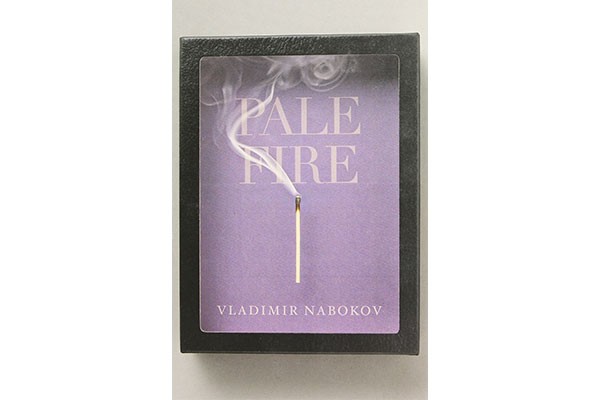The epic poem “Pale Fire” has been put into a book following the murder of its author, American poet John Shade. Accompanying the poem is a preface, extensive notes and commentaries by Shade’s editor, Charles Kinbote. At least, when you first approach Pale Fire by Vladimir Nabokov, this is what the book seems to be. But in this dark and deceptive world, appearances can never quite be trusted.
After reading the novel for a few pages, something begins to feel strangely amiss. The annotations which initially seem eccentric, rapidly descend into the autobiographical, the unexpected and the fantastical. As a reader you quickly realise that the focus here isn’t actually on the poem, but on the annotations provided by a possibly insane editor and madman. That is, unless Kinbote is actually telling the truth about the mysterious and vaguely familiar King of Zembla.
Described by critic William Boyd as “one of the most brilliant and extraordinary novels ever written”, Pale Fire is an intricate and spectacular work of art. It is also one of the hardest novels to pin down — there is no one set storyline, no definitive characters, and no clear answers. It is simultaneously a murder mystery, a fantasy story, a work of poetry, and a psychological study, in which readers are forced to puzzle their way along, trying to figure out exactly what they are dealing with.
Vladimir Nabokov is commonly hailed as one of the most influential and skilled writers of the twentieth century. If you don’t recognise his name then you’ll probably recognise the title Lolita, his 1955 novel which sparked furious controversy and was ranked fourth in the list of the Modern Library 100 Best Novels. Like Lolita, Pale Fire intricately explores issues of psychological deterioration and unreliable narration, both captured with an exquisitely readable language and addictive imagery. Yet what is perhaps the most stand-out feature of this book is the ability of Nabokov to construct layer upon layer of delicate narrative with seamless skill. He convincingly jumps from writing a heartfelt, dark, and beautiful poem concerned with the death of a daughter and a waxwing slain, to the rambling and confused narrations of a deluded mind. Who should you believe? Whose narrative do you trust? And most intriguingly, who killed the poet John Shade? The answers are all there, if you take the time to look for them.



